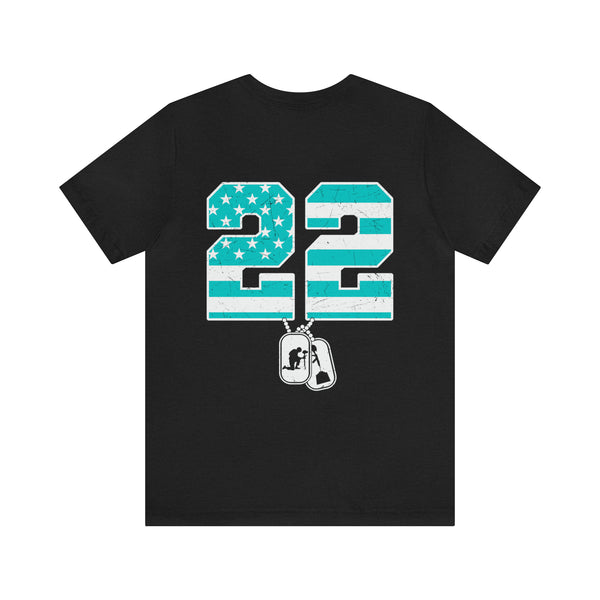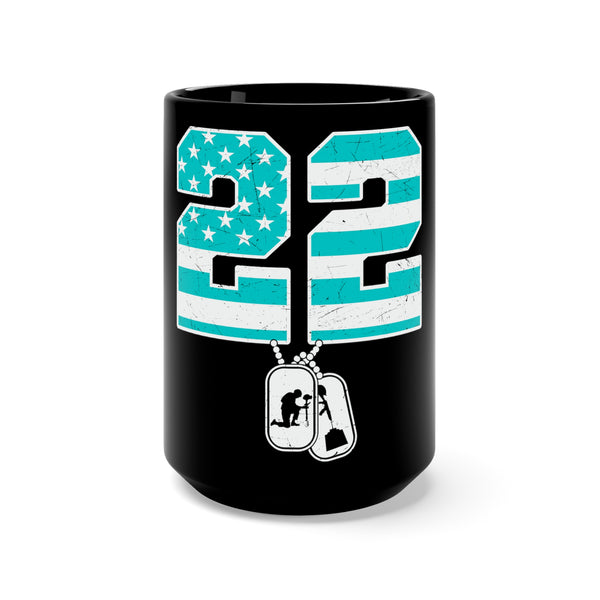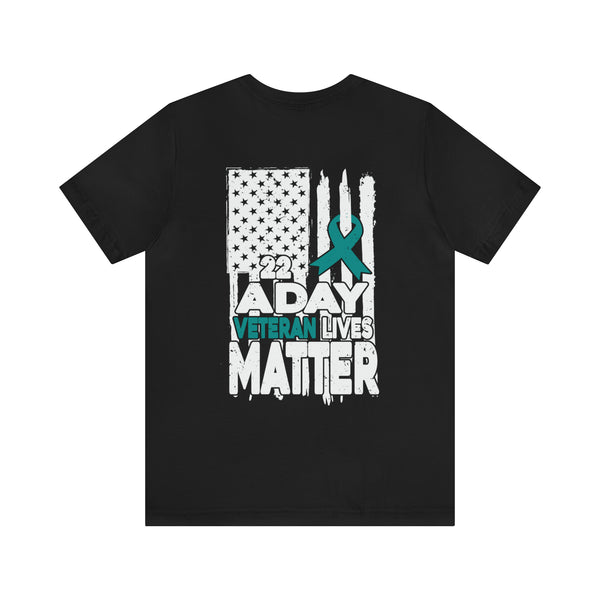So you have created a perfect design for your custom challenge coin and are wondering what kind of finishing would make it stand out? There are two basic ways to add a finishing to a challenge coin (Electroplating and powder coating), and many people–even some designers–will have to think over it before getting it done. However, this is understandable because a challenge coin is significant to both the issuer and the receiver. Sometimes, the quality of the finishing is perceived as the general quality of the coin. This means a user may find your coin unappealing regardless of the effort put in the design process. In this article, we seek to explore the two different ways to add finishing to a custom challenge coin, and when you can use either. Is it possible to use both electroplating and powder coating on the same coin? Let’s find out.
In and out of the challenge coin industry, metal plating is widely used to protect the underlying material and provide a vibrant finishing to any of the items it is applied to. Gold, silver, copper, and nickel are the most widely used metals. Like you would guess, they all have different looks and value, but there is only one way to add them to your challenge coin: electroplating.
With electroplating, challenge coins are dipped in a solution of your preferred metal, and an electric current made to flow through the liquid for a while. Eventually, a permanent layer of metal is formed on the coin giving it a perfect look. While electroplating may be expensive, it is a great way to show off the quality of your goods and services. Gold and silver-plated challenge coins provide a sense of high quality and are used by many companies in the service industry. However, not everybody needs a metal-coated challenge coin. There are also scenarios where only powder coating would be applicable.
How do you add color to your challenge coin? Powder coating. When you need to have a green, blue, red, or any other color on your challenge coin, this is the only option you have. In practice, powder coating closely resembles electroplating with only a few differences. For instance, when using powder coating, there is no liquid involved, and we use the principles of electrostatics rather than electrochemical cells. In powder coating, the challenge coins are connected to a negative charge and then sprayed with a dry powder coming from a positively charged spray gun. Through electrostatics, a thin layer of powder sticks to the metallic coin surface, and they are then treated with heat in an oven. The colored powder melts away, leaving a smooth permanent layer of color on the coins.
How about a hybrid method of both electroplating and powder coating, would it work?
A hybrid method, usually called dual plating, is possible and has been in use in various challenge coin manufacturing companies. However, this adds challenges to the processing since, as we have mentioned, metal plating dipping the challenge coins in a liquid of the metal while powder plating requires that the challenge coin be covered in dry powder. In dual plating and depending on the involved design, a challenge coin may have to undergo repeated electroplating with each step, adding a different metal layer on top. This is a delicate process that needs care and patience on both the part of the owner and the manufacturer. Any symbol and parts of the challenge coin that do not need a particular layer of metal or color must be covered in the addition process. Powder coating takes place only after electroplating is correctly done. Also, many manufacturers prefer special paint in the place of a dry powder, but the powder coating process remains the same.
Challenges of dual plating
- It is sometimes impossible to prevent color bleeding
- Some insignias are a bit complicated and may complicate masking
- Requires more time
- Not efficient for bulk orders
- A higher percentage of defective products
Even with these challenges, successful dual plating results in admirable challenge coins. It is ethical for a manufacturer to explain the intricate dual plating process to interested customers to get them to buy-in.
The plating process applied to your change coins will affect the general outlook and the manufacturing cost. However, all these processes result in high-quality and presentable challenge coins and should not give you a hell of a time trying to decide. Consulting with a professional is one way to have the best design for your custom challenge coins. Regardless, metal plating remains the most preferred method for quality, cost, and ease of design.
Police Brand is a pioneer company making and selling challenge coins and police collectibles. We are always seeking to give our clients the most relevant information regarding challenge coins and other related items. Visit our store now to see the available challenge coins.











